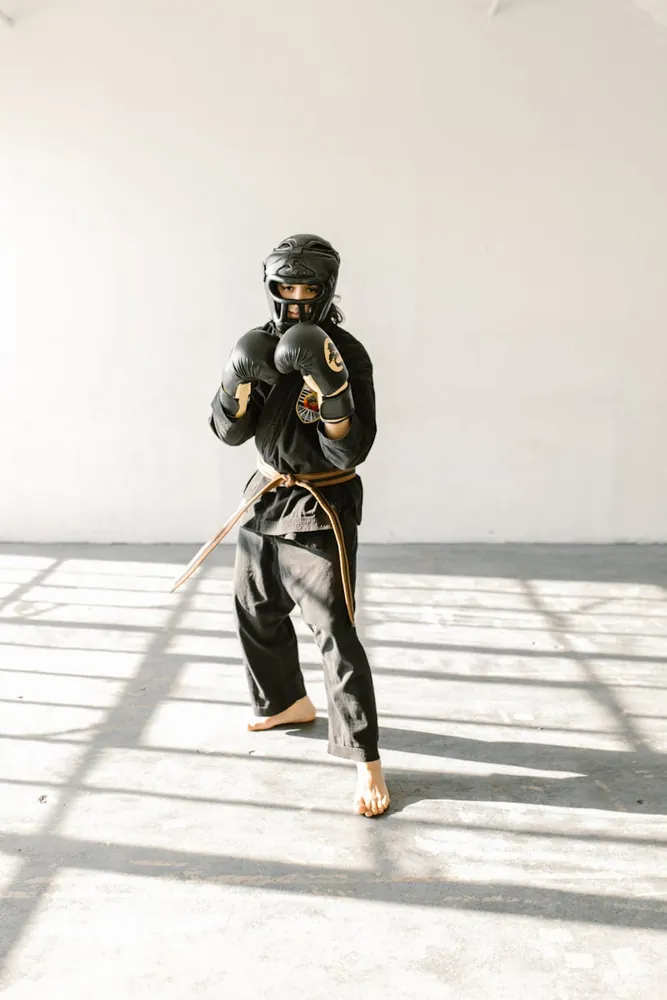Exploring the Benefits of Mental Imagery in Competitive Sports

The Power of the Mind: An Introduction to Mental Imagery
Mental imagery, often referred to as visualization, is a cognitive process employed by athletes to enhance their performance. It involves the mental rehearsal of physical actions without any external physical activity. This practice has been integral for athletes across various sports, aiding in skill development, boosting confidence, and even accelerating recovery from injuries.
How Does Mental Imagery Work?
Mental imagery works by simulating the neural pathways that are activated during the actual execution of a skill. When an athlete imagines performing a specific action, the brain sends impulses to the muscles involved, albeit at a lower intensity compared to actual movement. This process helps in refining skills and making responses more automatic when faced with real-time scenarios.
Neuroscience Behind Visualization
The concept of 'neuroplasticity' supports mental imagery as it highlights the brain's ability to reorganize itself by forming new neural connections throughout life. Visualization takes advantage of this by reinforcing neural pathways associated with specific skills or strategies in sports.
Case Studies: Elite Athletes and Their Visualization Techniques
Many elite athletes have attributed part of their success to mental imagery. Let's explore how some of these champions use visualization:
Michael Phelps: Swimming Legend
The legendary swimmer Michael Phelps has consistently highlighted the role of mental imagery in his training regime. Phelps visualizes his races before they occur, meticulously picturing every stroke, turn, and finish. This preparation enables him to remain calm and focused under pressure.
Lindsey Vonn: Alpine Skiing Champion
Lindsey Vonn, a decorated alpine ski racer, utilizes visualization to prepare for downhill races. By mentally skiing each course before her runs, she familiarizes herself with every twist and turn, effectively reducing pre-race anxiety and enhancing her muscle memory.
Benefits of Mental Imagery in Competitive Sports
The advantages of incorporating mental imagery into sports practice are multifaceted:
- Improved Performance: Regular visualization can lead to enhanced skill execution as athletes mentally rehearse precise movements.
- Increased Confidence: Visualization builds self-efficacy, instilling belief in one's ability to perform successfully under competitive conditions.
- Enhanced Focus: By mentally rehearsing potential scenarios, athletes improve their concentration and decision-making skills.
- Faster Recovery: Athletes can use visualization techniques to aid in recovery, mentally rehearsing their return to play and improving pain management.
Implementing Mental Imagery: Practical Tips for Athletes
For athletes eager to incorporate mental imagery into their routines, here are some practical steps:
Create a Routine
Integrate visualization sessions into your daily training schedule. Consistency enhances effectiveness, allowing for gradual improvements over time.
Detail-Oriented Visualization
Focus on all senses during visualization – sight, sound, touch, and even smell. The more vivid the image, the more effective it becomes. Picture yourself in the environment where the competition will occur.
Set Clear Goals
Identify specific objectives for each session. Whether it's perfecting a technique or preparing for a game scenario, having clear goals provides direction and purpose.
Use Guided Imagery
If self-guided imagery is challenging initially, consider using audio guides tailored for athletic visualization. These resources can provide structure until you develop the ability to visualize independently.
A Step-by-Step Mental Imagery Workflow
To ensure effective practice, here is a workflow that can be followed:
- Find a Quiet Space: Choose a distraction-free environment where you can focus entirely on the mental exercise.
- Relax Your Body: Engage in deep breathing or progressive muscle relaxation to prepare your mind for visualization.
- Define Your Objective: Clearly articulate what you want to achieve through this session.
- Engage All Senses: As you visualize, incorporate all sensory details relevant to your sport.
- Repeat Regularly: Consistent practice reinforces the mental pathways you're cultivating.
The Future of Mental Imagery in Sports
The use of mental imagery is continually evolving with advancements in sports psychology and technology. Virtual reality (VR) offers immersive experiences that can take traditional visualization to new heights. By providing interactive environments that closely mimic real-life scenarios, VR can help athletes practice under diverse conditions without physical exertion.
The synergy between technology and mental training holds promise for future enhancements in athletic preparation and performance.
Conclusion
Mental imagery stands as a testament to the power of the mind in athletic performance. Through visualization, athletes across various sports can optimize their skills, boost their confidence, and maintain peak performance levels. As both science and technology advance, the application and impact of mental imagery will undoubtedly expand further, offering exciting possibilities for athletes worldwide.
